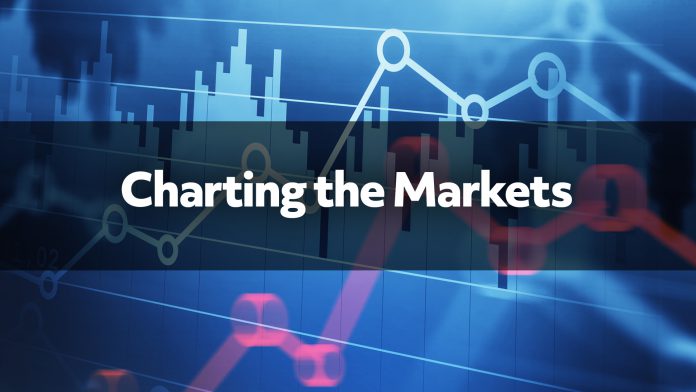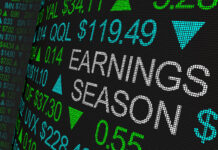Coronavirus has triggered unprecedented moves in the stock market. It’s a good time to review tools for navigating the turbulence.
The key thing to remember is that we’re dealing with volatility: How much can the S&P 500 or Nasdaq-100 move in a single session or set of sessions? TradeStation has indicators to help quantify these swings in the market.
Average True Range (ATR) is one of the most common. This indicator measures the difference between each day’s high and low. It also compares today’s high or low against the previous close. Whichever of those values shows the greatest distance in points is the “True Range.” ATR then averages those True Ranges over a period of sessions or candles.
ATR rises when volatility is greater and falls when volatility subsides. Because it’s measured in points, and not percent, current readings may not be comparable to older periods when price levels were different.
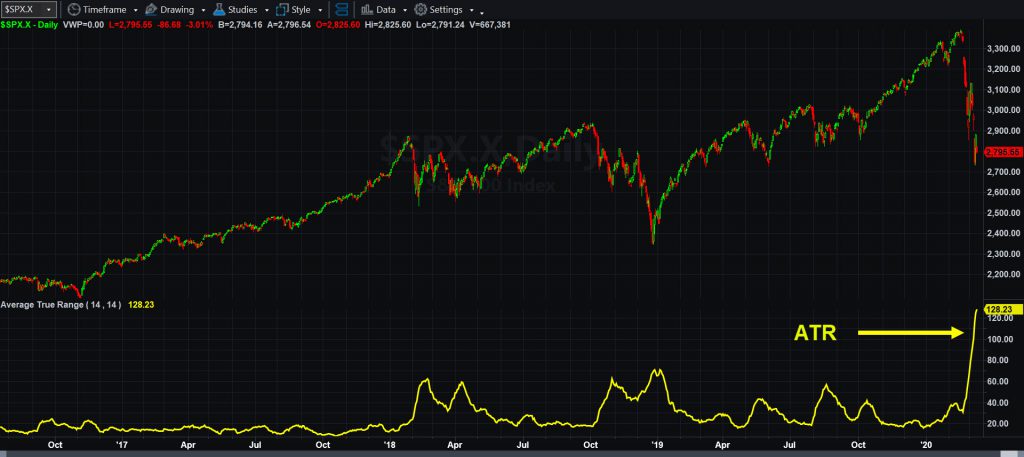
Bollinger Bands Show Volatility
Bollinger Bands are another common measure of volatility based on standard deviations. Traders mostly use them to spot overbought or oversold conditions.
Bollinger Bands get wider when a stock fluctuates more sharply, and narrow when movements decrease. Therefore the width between the upper and lower bands can illustrate price volatility. TradeStation offers this reading in the standalone indicator Bollinger Bandwidth.
As the chart below shows, the S&P 500’s Bollinger Bandwidth has shot up since the coronavirus panic began in late February. Its current reading of 26 percent is the highest since early 2009.
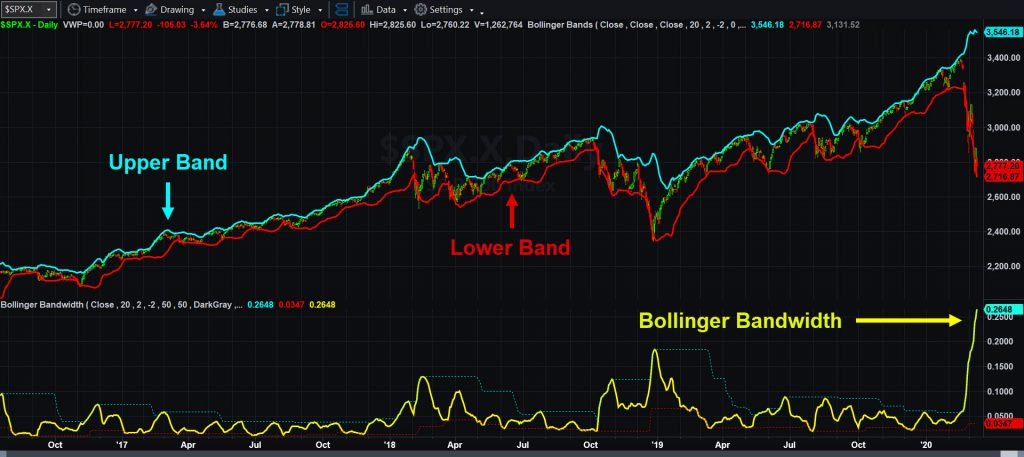
Unlike ATR, Bollinger Bandwidth is a percentage. This makes its values comparable with other historical periods.
Cboe’s Volatility Index: The VIX
Another common tool is Cboe’s Volatility Index, also known as the VIX. Its symbol on TradeStation is $VIX.X.
The VIX shows the price of options on the S&P 500, which increase when the market’s moving a lot. The VIX has surged in recent weeks.
Historically, the VIX tends to peak early in a selloff and then gradually fades as the market bottoms. Therefore investors looking to enter longer-term positions in the S&P 500 may want to see the VIX decline for at least a couple of weeks.
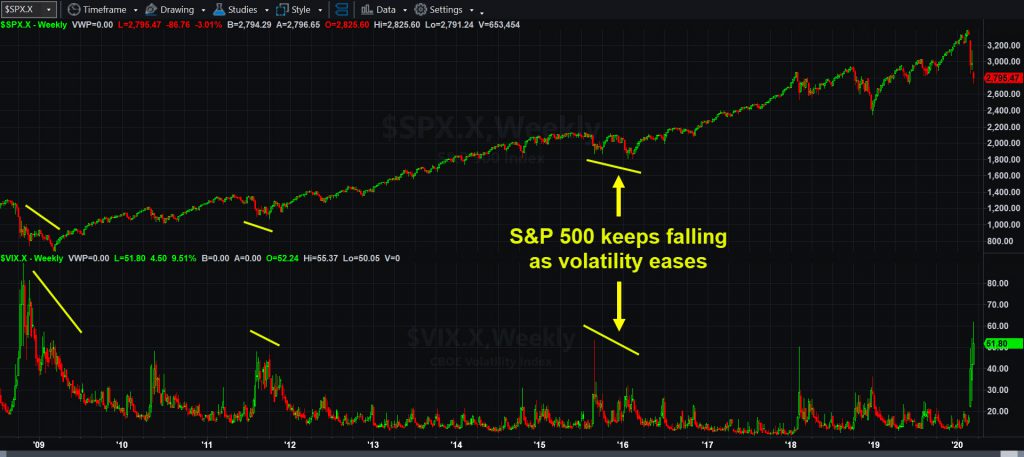
Other crashes historically have seen VIX abate as the broader market hit new lows. Market technicians often call this “divergence.” (That’s when two indicators that should move together go in opposite directions.) See the chart for examples.
In conclusion, coronavirus has caused the most fear in the market since the 2008 financial crisis. Now, more than ever, traders need to comprehend the situation from day to day and week to week. Volatility, measured by ATR, Bollinger Bandwidth and the VIX, is one of the most useful tools at your disposal.










